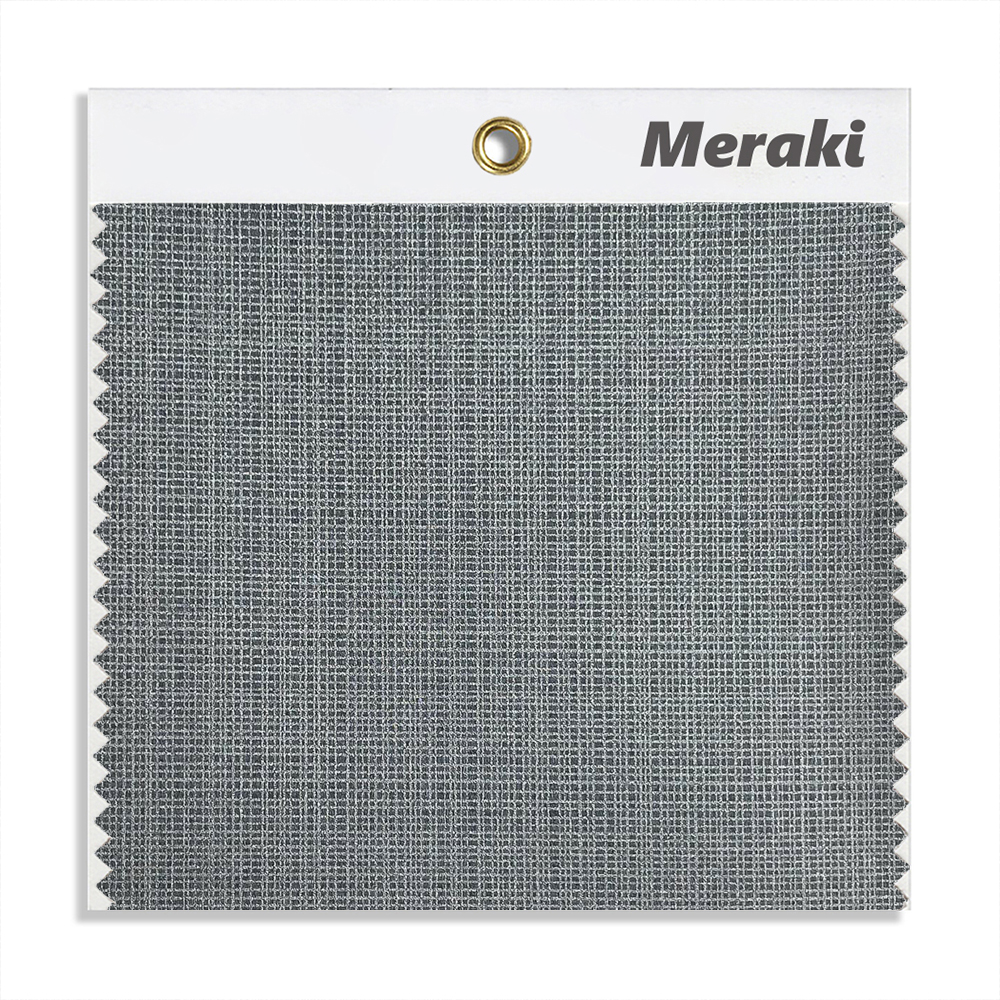Understanding Vinyl Wall Coverings
Vinyl wall coverings have become a popular choice for adding a custom touch to interior spaces. They offer versatility in design, durability, and ease of installation. With a wide range of options available, from low to high tack adhesive vinyls to custom designs produced in factories in China, there is a vinyl solution for every wall type and aesthetic preference.
The Appeal of Custom Vinyl
custom vinyl wall coverings allow for a personalized design, tailored to the specific needs and desires of a space. Whether it's a unique pattern or a photo mural, custom vinyl can truly transform a room. Many factories in China specialize in producing high-quality custom vinyl options at competitive prices, which makes them an attractive choice for both residential and commercial projects.
Preparing Your Wall Surface
Proper preparation of the wall surface is crucial for successful vinyl installation. Taking the time to adequately prepare ensures the best adhesion and longevity of the vinyl.
Cleaning Your Wall
Start by cleaning your wall with a damp lint-free cloth to remove dust, dirt, and grease. Avoid using harsh chemical cleaners that might leave residues affecting the adhesive's performance. A clean surface ensures better sticking capabilities, especially in rooms with high humidity levels.
Choosing the Right Vinyl Material
Selecting the appropriate vinyl material depends on the wall surface type and the desired permanence of the installation. Vinyl ranges from semi-permanent solutions that are easy to change, to more permanent options that can last up to 10 years.
Factors to Consider
- Surface texture: Smooth vs. textured surfaces like brick or concrete.
- Adhesive strength: Low tack for temporary installations or high tack for permanent ones.
- Environmental conditions: Temperature and humidity can affect adhesive performance.
Importance of Wall Paint and Condition
The condition and type of wall paint play a significant role in vinyl adhesion. Properly painted walls ensure a smooth installation.
Best Paint Types for Vinyl
It's essential to use a semi-gloss latex-based paint for optimal results. Matte, flat, or eggshell finishes can impede adhesion due to their rough, dusty texture. Ensure that the paint is in good condition and free of peeling or cracking.
Measuring and Ordering Vinyl
Accurate measurements are key to ordering the right amount of vinyl. Given that walls are rarely perfectly square, it's important to measure wisely.
Measurement Tips
Measure multiple points across the width and height of the wall to find the largest dimensions. Add at least a half inch to your measurements to allow for trimming and perfect alignment. Many factories in China can cater to custom order sizes based on these dimensions.
Managing Room Temperature Conditions
Temperature plays a crucial role in the installation process of vinyl wall coverings. The adhesive's efficacy can be compromised by extreme temperatures.
Optimal Temperature
The ideal room temperature for applying vinyl is at least 65º F (approximately 18º C). Be sure to close any air vents blowing directly onto the wall and allow vinyl to acclimate to room temperature if previously stored in extreme conditions.
Applying Vinyl: Steps and Tools
Applying vinyl correctly calls for the right tools and technique to ensure a smooth finish.
Tools Required
- Felt-covered plastic squeegee: Minimizes bubbles and wrinkles.
- Tape: To hold vinyl in place before full adhesion.
Using a squeegee for application helps distribute pressure evenly, thus preventing air pockets.
Special Considerations for Textured Walls
Textured surfaces like brick, stucco, and concrete require careful consideration when installing vinyl wall coverings.
Techniques for Textured Surfaces
For textured walls, using heat and a rubber roller helps mold the vinyl to the wall's contours. Specialized vinyl types are available for different relief levels, and a description or photos of the wall texture can help determine the best option.
Allowing Paint to Cure Before Installation
Before applying vinyl to a freshly painted surface, it's vital to allow time for the paint to cure.
Curing Time Guidelines
Wait at least 2 weeks after painting before applying vinyl. This allows gases from the paint to escape, preventing bubbles from forming under the vinyl, which is particularly crucial for large installations.
Final Touches and Adjustments
Once the vinyl is applied, it's important to make sure the final adjustments are made for a polished appearance.
Trimming Excess Vinyl
Carefully trim away any excess vinyl using a sharp utility knife, ensuring clean edges and a seamless look. Inspect the vinyl for any air pockets and smooth them out with the squeegee.
Meraki Provide Solutions
Meraki specializes in providing tailored solutions for custom vinyl wall coverings, leveraging their expertise to handle projects of various scales. From sourcing high-quality custom vinyls from renowned factories in China to ensuring precision in installation, Meraki's comprehensive approach guarantees a flawless finish. Whether dealing with unique wall textures or specific design requests, Meraki's commitment to excellence ensures customer satisfaction every step of the way.

Post time: 2025-07-19 16:02:05


